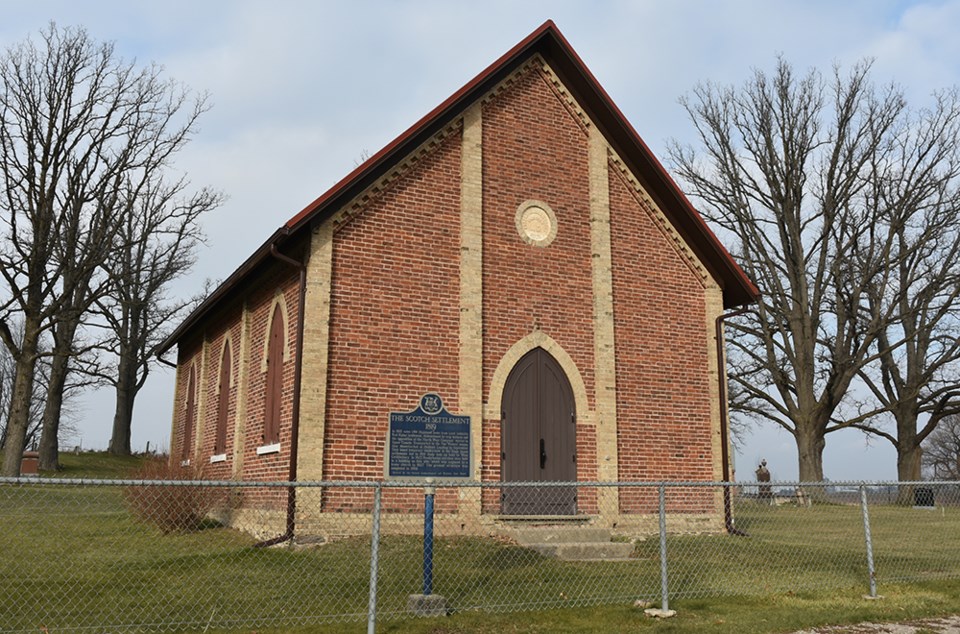On Sunday, June 14 from 2 to 4 p.m., the Bradford West Gwillimbury Local History Association will hold its annual event at the Auld Kirk (3380 Line 6) and is inviting the community for an afternoon of history, entertainment, and refreshments.
The event aims to educate the community on the founding of the Scotch Settlement.
Built in 1869 by the families of the Scotch Settlement, it traces its roots to the first log church built by the settlers, in 1822.
“The Auld Kirk has become one of the projects of our association,” said Jan Blommaert, president of the Bradford West Gwillimbury Local History Association.
“Twice a year, in June and December, we like to invite the community out so people can learn the history of the Scotch Settlement and the Auld Kirk. We learn the history of other countries, but everybody seems to think the history of Canada isn’t very exciting, but they just don’t know how exciting it is," Blommaert added.
This year, the story of the voyage written by a young girl on the trip will be told, hymns will be sung, and the history of the community will be shared.
“It began when Thomas Douglas, the Earl of Selkirk, saw people in Scotland wanting to immigrate,” said Blommaert. “Three different settlements were spearheaded in Canada. The one near Winnipeg is where the Scottish settlers who came to West Gwillimbury went. Over 100 people were paddled by canoe across Lake Superior and they were brought to Holland Landing in 1815 before the land opened in West Gwillimbury in 1819.”
Ultimately, the settlers came from Scotland to Canada, first landing in Churchill, before heading to the Selkirk Red River Settlement in Manitoba. They were then driven from there to Ontario and settled on the 4th, 5th and 6th lines of West Gwillimbury.
“It’s important for people to know the history of their community,” said Blommaert. “We want to support heritage and encourage people to know their own history — lots of people in Bradford still have roots to the Scottish settlers — while making new community members aware of the history.”
One of Bradford historian George Jackson’s last wishes was the Auld Kirk be restored, and the Bradford West Gwillimbury Local History Association has worked to accomplish just that.
“We’ve done a lot of the repairs, put a new roof on it, new plastering, had the inside totally painted, had a new door made for it, and that’s just a few of the things we did,” said Blommaert. “We also hired a lawyer to figure out the ownership of the Kirk, and it turned out the United Church of Canada had sold the Kirk to the Town of Bradford for $2. So, we’ve partnered with the town to restore it.”
There will also be a dedication of the new gate at the Auld Kirk, which was donated and installed by the Sorensen family, and Louis Theriault will be showing his models of oxen, wagons and machinery.
The Bradford West Gwillimbury Local History Association has future plans for the Auld Kirk to host weddings, concerts and celebrations.
“We’ve taken the Kirk under our wing,” said Blommaert, “and we’ll continue to work with the town to make sure it’s restored.”



